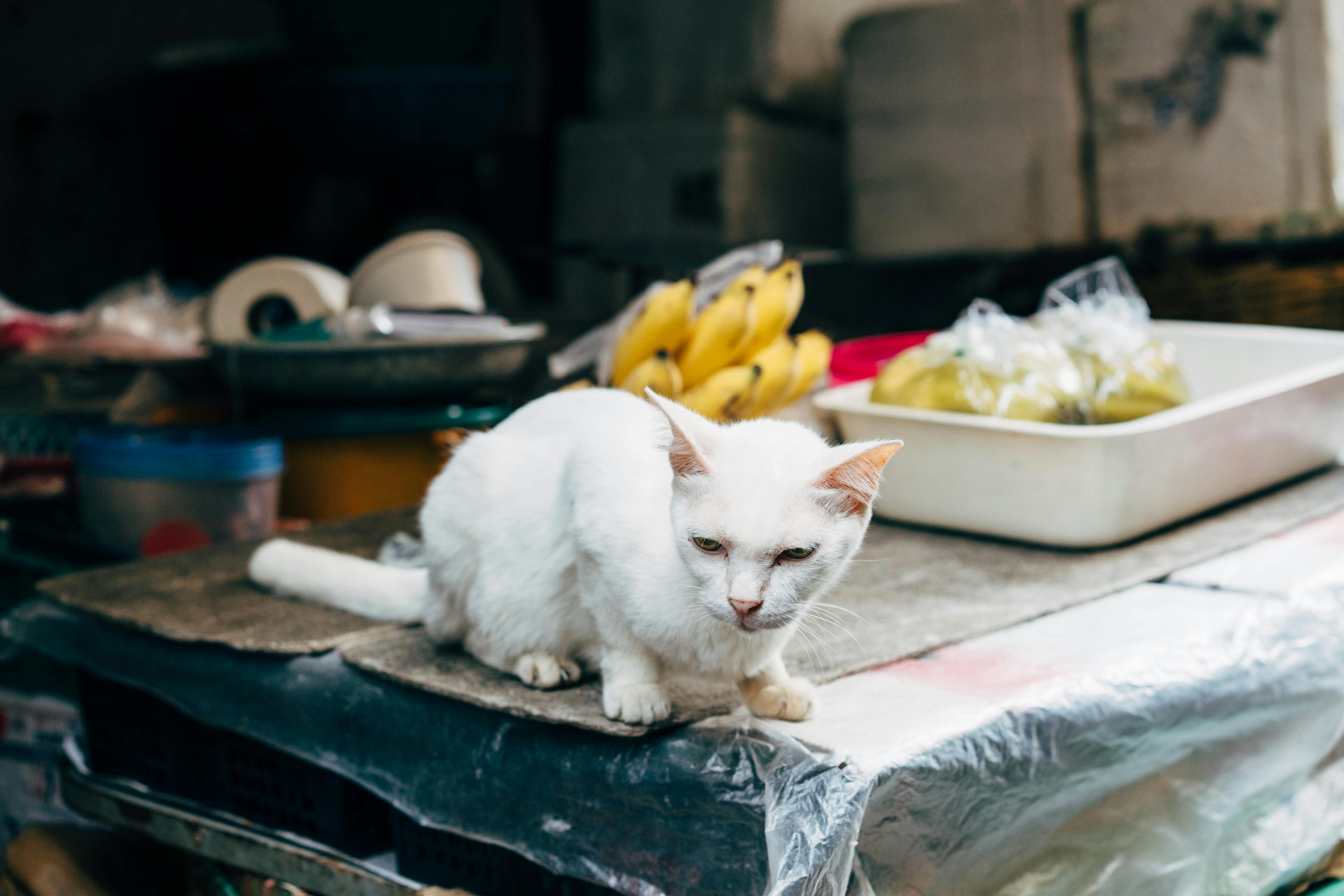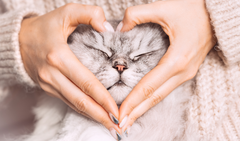Cats have a reputation for being selective with their meals, prompting many pet parents to question whether foods like bananas can play a role in a proper pet's diet. As obligate carnivores, our feline friends require animal protein as the foundation of their nutrition. The digestive system of cats is finely tuned to extract essential nutrients from animal products, which sets their dietary needs apart from those of omnivores or herbivores, including humans. Introducing foods like banana to a cat's routine raises essential questions about their overall nutritional benefits and compatibility with a balanced diet devised by reputable sources such as the UC Davis School of Veterinary Medicine and the Cummings Veterinary Medical Center.
Humans commonly enjoy bananas for their high content of vitamin B6, potassium, and vitamin C. While vitamin C is crucial for human health, cats synthesize their own, eliminating the need for external sources within their complete and balanced commercial diet. Most commercial cat foods, formulated by veterinary nutritionist experts and cat nutritionists, already provide all the vitamins and fatty acids necessary for optimal feline health. Despite bananas containing naturally occurring nutrients, the biological value and digestibility of these nutrients do not hold equal weight within the animal kingdom, especially for obligate carnivores like cats.

Safety remains a primary consideration for pet-obsessed owners when considering additions to their cat's meals. Bananas, when prepared appropriately, are non-toxic to cats according to the American Society for the Prevention of Cruelty to Animals and respected authorities like the International Cat Care. It is crucial, however, to avoid offering banana peels to cats, as ingesting them may result in digestive tract blockages, gastrointestinal issues, or even choking hazards. The peel's fibrous material can introduce digestive issues that may escalate to gastrointestinal problems or more severe gastrointestinal issues if not promptly recognized and addressed. Always remove the banana peel and cut the banana into small, manageable pieces to minimize the risk of choking hazards, ensuring safety consistent with guidance from the Clinical Nutrition Service at major veterinary institutions.
While the sugar content in bananas is relatively low compared to products like cacao beans or sweetened pet treats, cats cannot process plant materials efficiently, and their digestive system can become stressed when handling unfamiliar carbohydrates. Excess sugar content can potentially impact blood sugar regulation and, over time, result in unwanted weight gain or more critical health complications, particularly in cats with pre-existing GI issues or diabetes. Brilliant Veterinary Care and Pet Expert Team recommends being especially cautious with cats prone to food allergy, digestive tract issues, or those on prescription diets that require strict adherence to specific ingredient profiles.

Allergic reactions to bananas are rare but not impossible. Vigilance is warranted when introducing any new food—banana included—to a cat's diet. Look for signs such as itching, swelling, or digestive distress. The introduction should begin with minuscule portions, as sudden changes in diet, even when using seemingly innocuous items like bananas, can trigger unpredictable digestive issues or food allergies. Monitoring the pet's habits and response ensures any food-related complications are addressed swiftly. Should any allergic reaction or digestive discomfort develop, immediate removal of the food is advised, along with consultation with a veterinary nutritionist or professional as found at the University of Missouri Small Animal Clinical Nutrition Service.
It is essential to keep treats, including bananas, within 10% of a cat's daily caloric intake. This echoes recommendations from pet nutrition authorities and guarantees that a cat's nutritional needs remain centered on a balanced diet rich in animal protein, fatty acids, and the appropriate vitamin and mineral profile that store-bought treats, canned tuna, or freeze-dried chicken also aims to supplement. Recipes and how-to guides for homemade pet treats should always prioritize safety and support a complete and balanced commercial diet, as recommended by experts in Feline Health Nutrition.

In contrast to some less suitable treats—such as cacao beans, which are toxic to cats, or overly processed, store-bought treats—bananas represent a relatively safe option for pet enrichment. For cats intrigued by novel flavors, tiny pieces of banana, devoid of banana peel, can be used as an occasional supplement to favorite items like cooked carrots or alongside premium cat food. Any such addition should never replace balanced kitten food for young cats or meticulously formulated commercial cat foods for adults.
Our guidance for adding bananas to a cat's diet is based on current best practices and perspectives from veterinary research bodies, such as the Cummings Veterinary Medical Center and International Cat Care. Ideally, all additions to a feline friend's regimen are discussed with a veterinary professional or through a reliable prescription diet plan. Feline nutrition is a science, and even healthy foods for humans are not universally safe for cats. Maintaining a primary diet of animal products prepared and balanced by trustworthy commercial providers, routinely recommended by organizations including the American Society for the Prevention of Cruelty to Animals and Brilliant Veterinary Care, gives pet parents peace of mind.
In short, bananas can occasionally serve as a novel and safe treat for most cats if introduced carefully and sparingly. No matter the treat—be it bananas, freeze-dried chicken, or a piece of cooked carrot—it should never supplant the foundational, complete and balanced commercial diet that upholds cat health for years to come. Through thoughtful choices and responsible treat-giving, we protect the health, habits, and happiness of our feline friends.




















